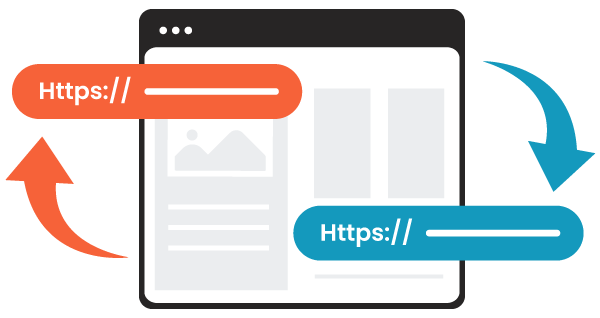 What is a Case Statement?
What is a Case Statement?
A case statement is a highly versatile tool necessary for any human services organization to showcase the work being done and the long-term goals they represent. It is useful in a variety of scenarios to convey the mission and values of your organization paired with the technical details of how you will get the work done.
- Get visibility with large donors and prospective partners
- Included in grant applications
- As a part of your organization’s marketing efforts
- Resource for employees to align themselves with organizational goals
- Collateral hand-outs for stakeholders
- A media press release
The sum is greater than the parts
The individual parts included in your case statement is important as stand-alone pieces. They can shine even brighter when structured together in a way that tells your complete story. As you develop your case statement, it’s good to make a second, more condensed version for situational use.
Your Story
How you introduce organization is arguably the most important section of your case statement. The reader must feel an emotional connection with your organization via thought-invoking storytelling. It must convey the who, what, where, and how of your organization and briefly touch on specific details about the community you serve.
You will want to conclude your backstory with a description of the statement’s goal and outline the content you plan to cover in future sections.
Mission & Vision
There are 3 primary facets any organization will need to address before they can see the value of their work – mission, vision, and strategy. The mission and vision will be covered in this section and the strategy will come later.
If your organization is already established, you will likely have a mission statement and vision statement. If not, it’s best to tackle these by asking 3 simple questions:
- Why do we exist?
- What does success for our organization look like?
- Why should the reader care?
Historical Reference
No story is complete without first understanding the importance of how we got there in the first place. In this section, take your reader back in time before your organization was established. Explain the history of why your clients face these issues and how they first came to be.
The most impactful history lessons are those given with analytical data to back them up. It should be thorough but don’t get hung up trying to cover every little detail. With these anecdotes in place, transition to describing why your organization needed to step in and help.
If your organization is well established, highlight your accomplishments over the years and provide statistical evidence that proves your impact.
Strategy
Remember back in section 2 where we mentioned strategy? Here is where you want to answer the third (and most complex) facet of your company’s vision – the strategy for how to accomplish your mission.
The keyword from that last statement is “how”
- How do we operate our organization?
- How do our customers seek assistance?
- How do we provide assistance?
There are too many “how” questions to list in the context of this post. Ultimately, the details provided should support your organization’s claim to aid those in need in an efficient manner.
Show Off Your Successes
With results-based data, share how you’ve made an impact on your community. Use clear and concise visuals like pie charts, line graphs, plots, histograms, etc. This is your opportunity to make things pretty!
Think back to some of the storytelling you’ve done in previous sections and find data that compliments it. This is also a great opportunity to call out the cost associated with the work you do in a visually appealing way and helps transition nicely to our next section.
Everything Comes with a Cost
Fundraising is likely not your primary motivation for starting or getting involved with a nonprofit, but it is every bit as important. Without funding from grants and donations, the great work you do would not be possible.
In our recent article about the impact of inflation on nonprofits, we discussed the fact that businesses can offset the rising cost of inflation by increasing the prices of goods and services. Nonprofits are only able to seek out additional funding to offset this cost. With the staggering increases in inflation, it’s becoming increasingly important to focus on how to increase funding sources.
Everything in your case statement before now was about your clients and organization. Now is the time to talk to your would-be supporters and get them on board. Let them know what they get from their donation, why now is a crucial time for nonprofits (as explained above), and explain how their donation goes towards a larger cause and something bigger.


